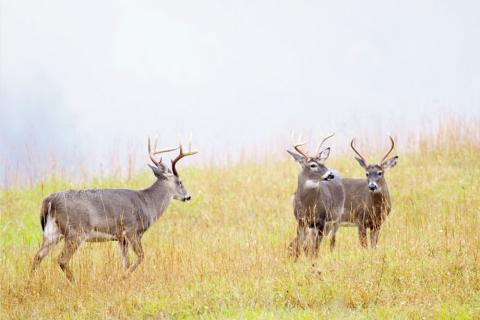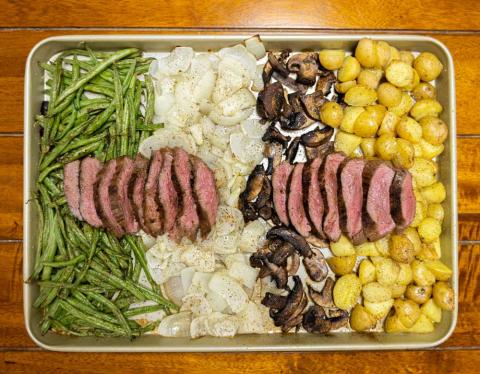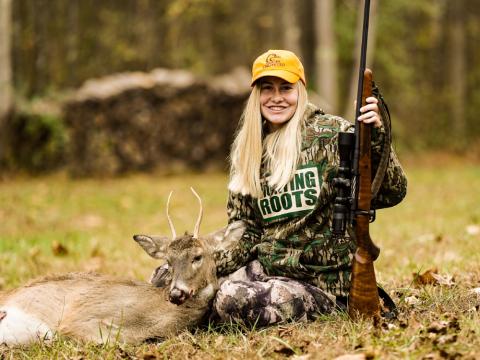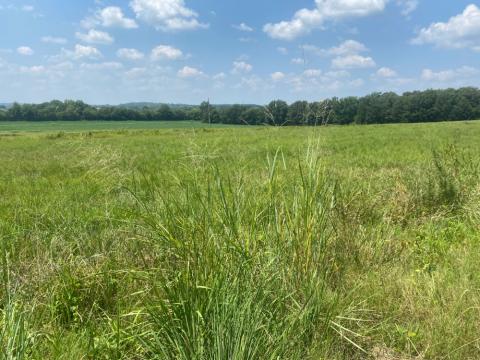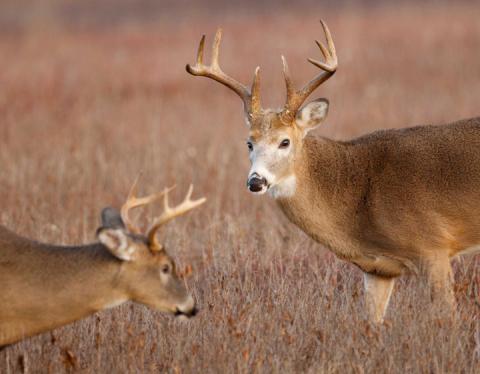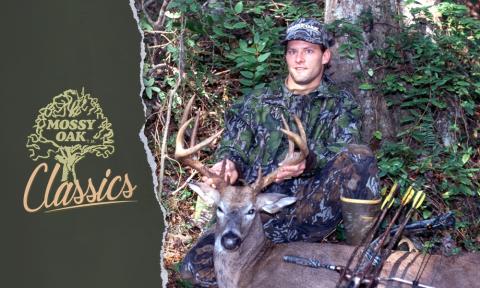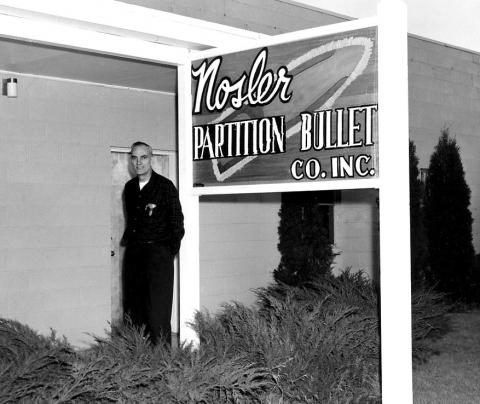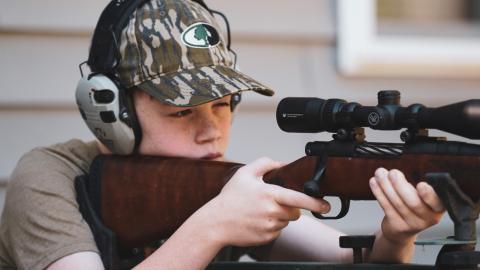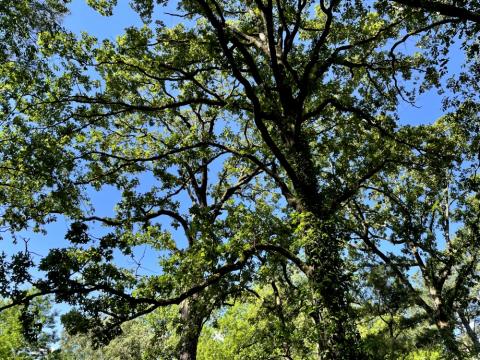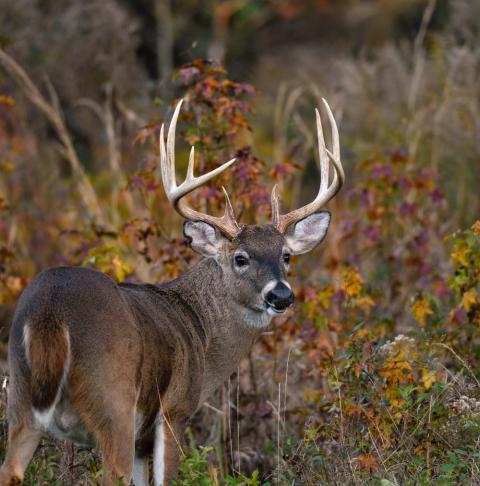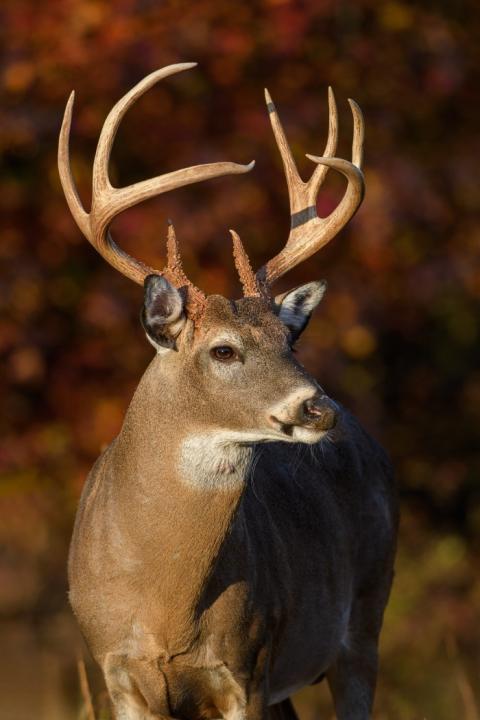provided by John Phillips
Some anglers like to test their strength and endurance against giant saltwater fish. Mossy Oak Elements Pro, Mark Davis of Lexington, South Carolina, has proved he’s on the extreme end of this giant challenge of man against beast. Davis fishes from Montauk, New York, to Brownsville, Texas, Alaska and Australia for all saltwater species for his TV show, “BigWater Adventures” on the Outdoor Channel. Most people on the Atlantic Coast and the Gulf of Mexico Coast believe that all the bottom fish die or are uncatchable in the winter months, but this isn’t true. This week, Mark Davis explains that there is still some really good fishing offshore for other types of snapper.
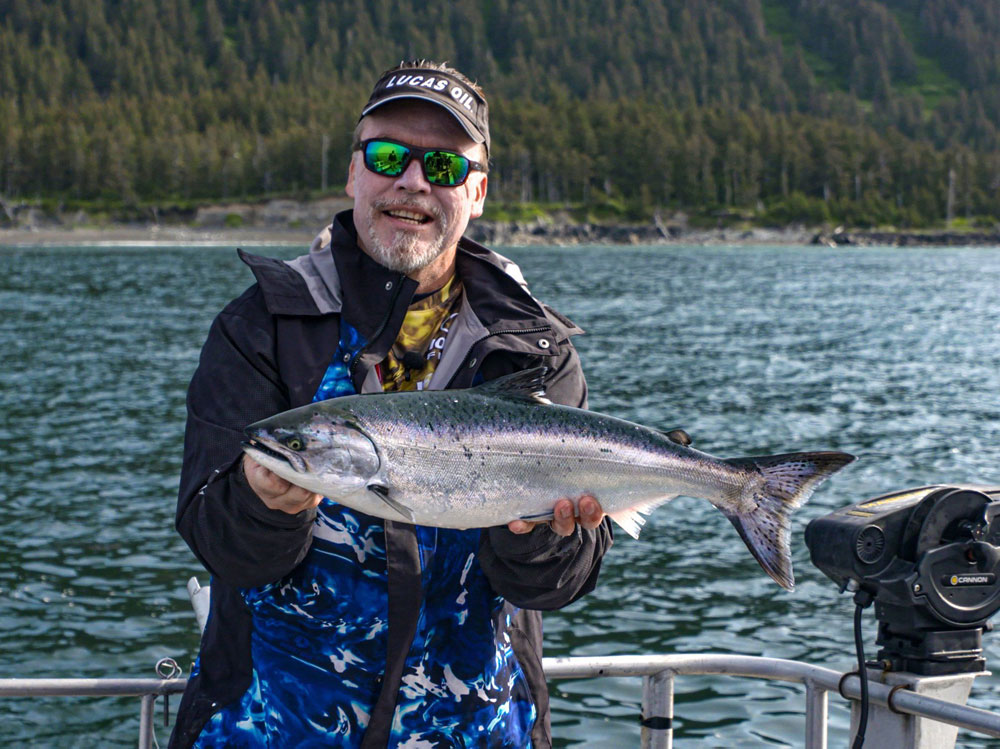
Before my Louisiana trip, I went to Alaska. We flew out to a glacier lake to catch sockeye salmon, and then we went offshore and caught king salmon. Before these salmon are five years old, they live in the ocean, and we catch them on downriggers like people catch them in the Great Lakes. After the salmon reach that age, they go back into fresh water where they were born to spawn and die. Most of the salmon we caught were 20-30 pounds each, but you might catch some that weighed 40-50 pounds.
The Alaskan salmon fishermen rig much like the Great Lakes anglers rig. Both use a dodger, a big, long reflective piece of metal about 10-12 inches long and 4-inches wide that has a side-to-side swaying motion. It has a barrel swivel on both ends of it, and a leader and spoon are on the bottom of it. Once the dodger attracts the fish, the fish see the spoon and attack it.
At BigWater Adventures, we use underwater cameras to show fish eating the bait. We’ll put a camera in front of the downrigger and have 8-10 salmon coming up, while trying to eat the spoon 2 feet in front of the camera. For three days, we caught and released 10-12 king salmon, and after that, we went ground fishing (bottom fishing). We also caught halibut up to 100 pounds and rockfish.
One of the coolest thing we did in Alaska was something that I’d been trying to do for years – catch some true cod. I’ve caught lingcod before, but those fish are a totally different species from true cod. True cod are cold-water fish caught in the Atlantic and Pacific oceans. When we were fishing, the thing that I was most excited about was being able to get video cameras 200-feet deep. Sometimes we got as many as 50 of these true cod on video eating our baits. There’s actually a great true cod fishery in Alaska. If you’ve ever eaten beer-battered cod or a fish sandwich, that’s true cod.
We really had a great trip in Alaska. Since we had to reschedule trips and fight hurricanes all year long, going to Alaska and catching those various fish for BigWater Adventures was so much fun.














